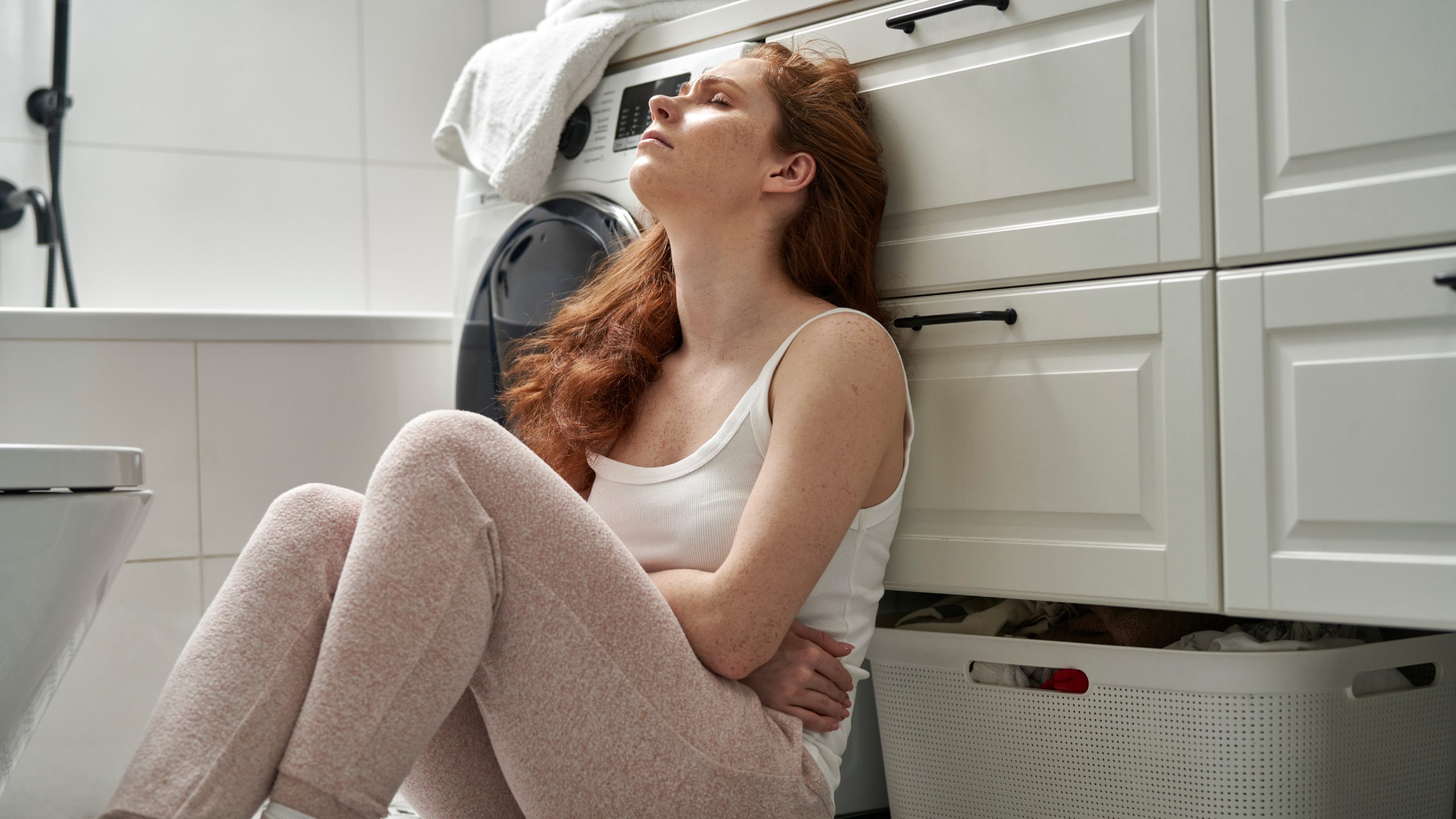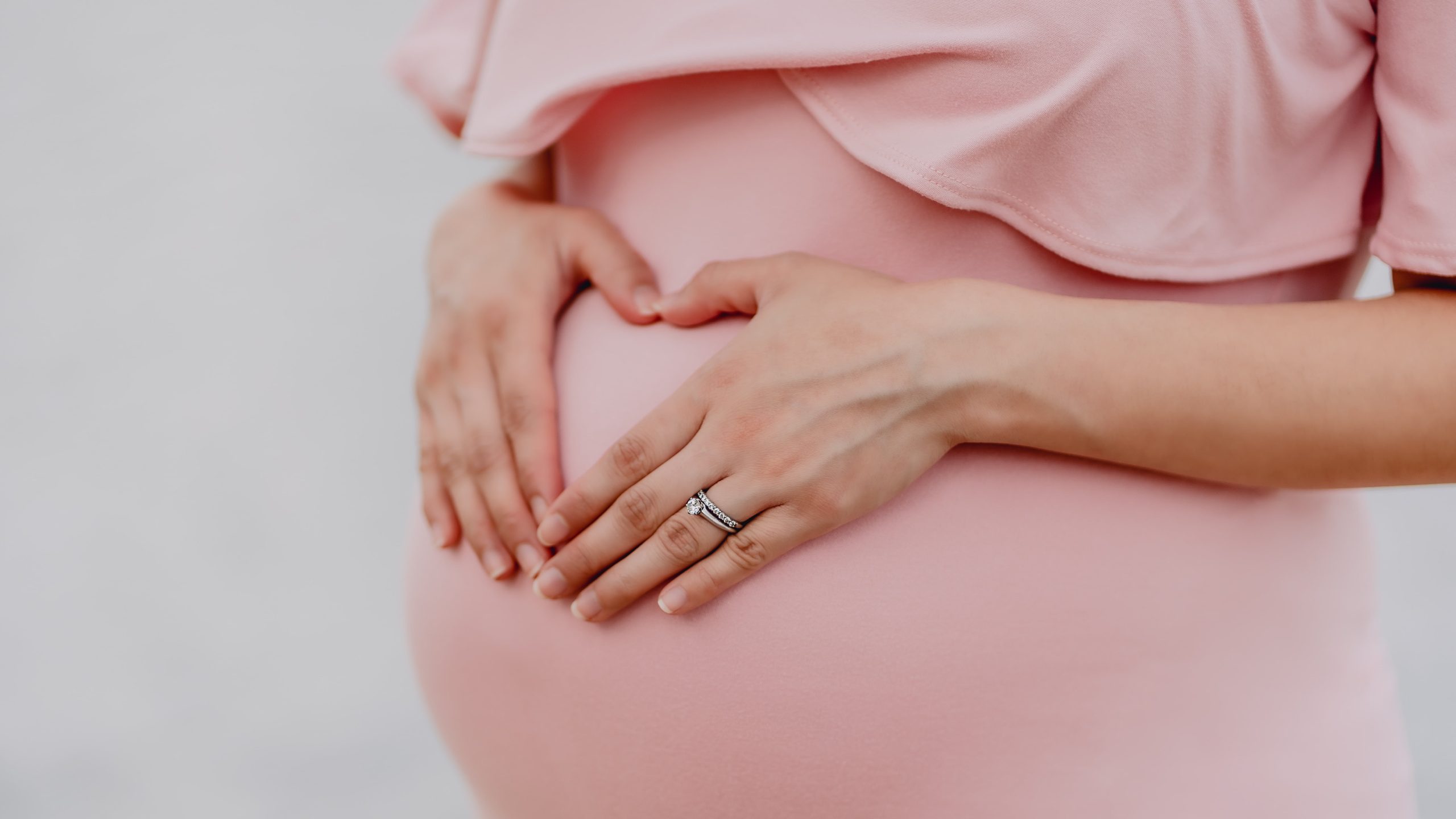Upon first hearing the term “fibroids,” also known as leiomyomas or simply myomas, it can sound like a scary term. The “official” definition is, “a mass of cells that form a round shape, usually found in the wall of the uterus.” Fibroids are always non-cancerous and are composed of smooth muscle cells and fibrous connected tissue.
Fibroids develop in pre-menopausal women, with some estimating that between 20%-70% of women of childbearing age develop them at some point. Fibroids can be tiny and even go entirely undetected. They can also create somewhat of a disturbance and be a manageable size, allowing for a range of effective treatment plans. In addition, there are also cases in which a fibroid grows to a large size and/or numerous fibroids develop. In these cases, day-to-day living can become significantly affected by the symptoms brought on by these unwelcome growths.
Where can fibroids develop?
Fibroids can be found attached to the inside or outside of the uterus and even within that description, they can be found in varying locations, each with its own scientific descriptor.
Intramural fibroids grow within the muscular uterine wall, protruding neither into the uterus nor outside of the uterus, remaining within that uterine wall. Submucosal fibroids bulge into the uterine cavity from the wall of the uterus. Subserosal fibroids project to the outside of the uterus. They are sometimes formed with a “stem” attached to the outer wall of the uterus, protruding into the abdominal cavity. For more of an explanation on the different types of fibroids read this post.
Here at Talking Fibroids, our goal is to educate people about Uterine Fibroids and their symptoms. Find out more about us here or get in contact with us today!





























